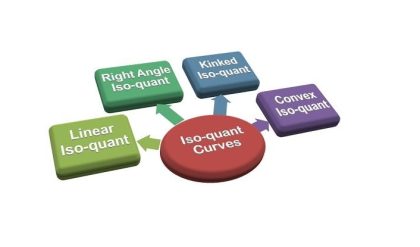We now proceed to discuss how the returns vary with the changes in scale, that is, when all factors are increased in the same proportion. But some economists have challenged the concept of returns to scale on the ground that all factors cannot be increased and therefore the proportions between factors cannot be kept constant. For instance, it has been pointed out that entrepreneurship is a factor of production which cannot be varied (in the single firm), though all other factors can be increased. The entrepreneur and his decision-making are indivisible and incapable of being increased. Thus the entrepreneur is a fixed factor in all production functions. If labour and capital could produce a product with no one to supervise and take decisions, then the returns to scale in the sense of returns to all factors could be visualized. But the idea that labour and capital can produce goods without an entrepreneur is quite unrealistic. Thus, the concept of returns to scale involves a puzzle for economists which still remains unsolved. However, this puzzle can be solved by assuming entrepreneurship to be variable in the sense that the greater the other inputs or factors, the greater the entrepreneurial work to be performed. But we shall explain below the concept of returns to scale by assuming that only two factors labour and capital are needed for production.
CONSTANT RETURNS TO SCALE
Returns to scale may be constant, increasing or decreasing. If we increase all factors (i.e., scale) in a given proportion and the output increases in the same proportion, returns to scale are said to be constant. Thus, if a doubling or trebling of all factors causes a doubling or trebling of outputs, returns to scale are constant. SB, if the increase in all factors leads to a more than proportionate increase in output, returns to scale are said to be increasing. Thus, if all factors arc doubled and output increases by more than a double, then the returns to scale are increasing. On the other hand, if the increase in all factors leads to a less than proportionate increase in output, returns to scale arc decreasing. We shall explain below these various types of returns to scale.
AR said above, the constant returns to scale means that with the increase in the scale or the amounts of all factors leads to a proportionate increase in output, that is, doubling of all inputs doubles the output. In mathematics the case of constant returns to scale is called linear and homogeneous production function or homogeneous production function of the first degree. Production function exhibiting constant returns to scale possesses very convenient mathematical properties which make it very useful for theoretical analysis. There are a number of special theorems which apply when production function exhibits constant returns to scale. Empirical evidence suggests that production function for the economy as a whole is not too far from being homogeneous of the first degree. Empirical evidence also suggests that in the production function for an individual firm there is a long phase of constant returns to scale.
Let us illustrate diagrammatically the constant returns to scale with the help of equal product curves. Fig. 7 depicts an equal product map. It is assumed that, in the production of the good, only two factors, labour and capital, are used. In order to judge whether or not returns to scale are constant, we draw some straight lines through the origin. As shown above, these straight lines passing through the origin indicate the increase in scale as we move upward. It will be seen from the figure that successive equal product curves are equidistant from each other along each straight line drawn from the origin.

Thus along the line OP, AB=BC=CD, and along the line OQ, A’B’=B’C’ = C’D’ and along the line OR, A’B’=B”G”=G”D’. The distance between the successive equal product curves being the same along any straight line through the origin, means that if both labour and capital are increased in a given proportion, output expands by the same proportion.






Comments are closed.